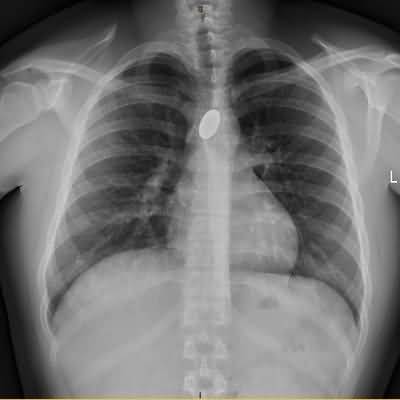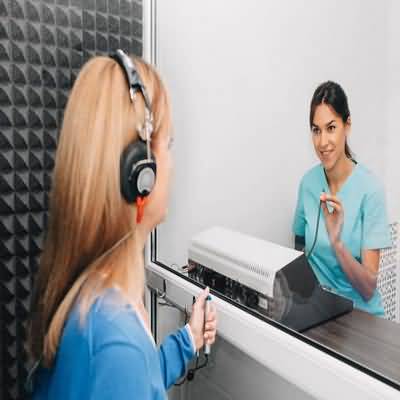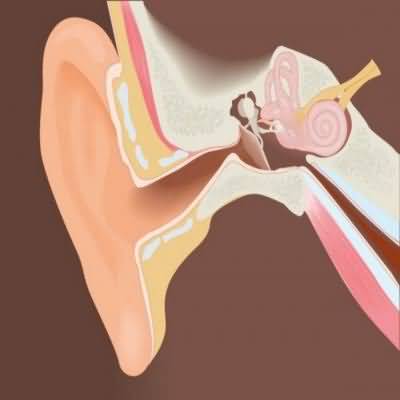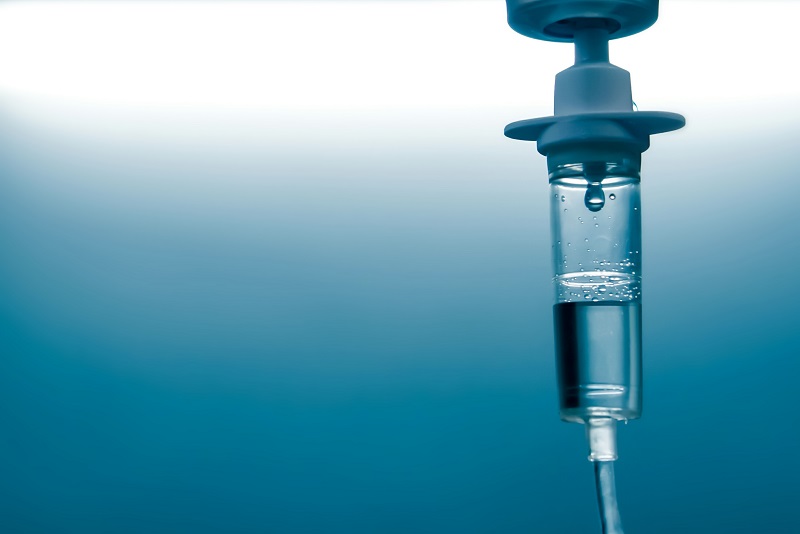granulomatous neck masses
granulomatous neck masses
are not uncommon
The differential diagnosis includes mycobacterial adenitis, sarcoidosis, and cat-scratch disease due to Bartonella henselae
The incidence of mycobacterial lymphadenitis is on the rise both in immunocompromised and immunocompetent individu- als
The usual presentation of granulomatous disease in the neck is simply single or matted nodes
Although mycobacterial adenitis can extend to the skin and drain externally (as described for atypical mycobacteria and referred to as scrofula), this late presentation is no longer common
FNA biopsy is usually the best initial diagnostic approach: cytology, smear for acid-fast bacilli, mycobacterial culture, and a sensitivity test can all be done
PCR from FNA (or from excised tissue) is the most sensitive test and is particularly useful when conventional methods have not been diagnostic but clinical impression remains consistent for tuberculous infection
While FNA has a high sensitivity (about 88%), its specificity is low (49%); thus, an excisional biopsy is often required to confirm the diagnosis
See Table 9–15 for current recommended treatment of tuberculosis, including tuberculous lymphadenopathy
For atypical (nontuberculous) lymphadenopathy, treatment depends on the sensitivity results of culture, but antibiotics likely to be useful include 6 months of isoniazid and rifampin and, for at least the first 2 months, ethambutol—all in standard dosages
Some would totally excise the involved nodes prior to chemotherapy, depending on location and other factors, but this can lead to chronic draining fistulas


















